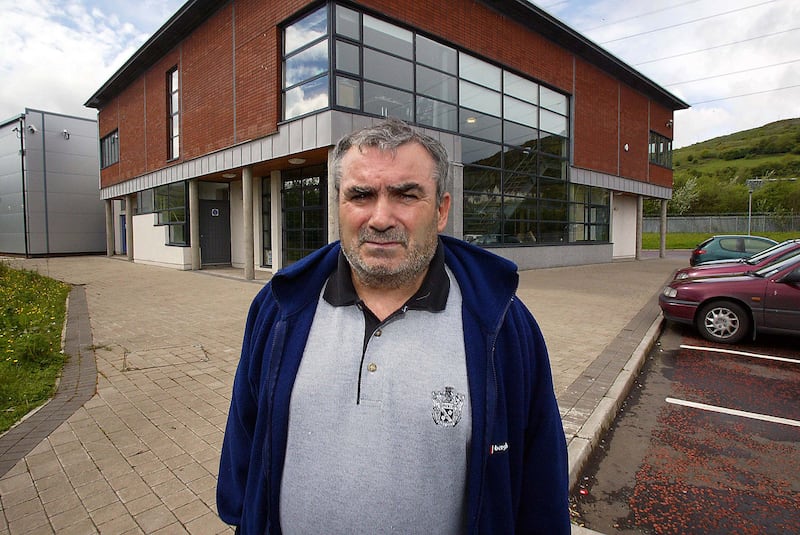Seven years on and at a cost of some £40 million, the interim report of Operation Kenova has finally landed. Its content is explosive but not unexpected. The language of the document is blunt, honest and a brutal read, laid out in black and white.
Jon Boutcher, his investigative team and, latterly, Ian Livingstone deserve much praise for their tenacity, determination and doggedness. They challenged the Deep State and have survived to tell the tale.

Other external investigations, like that headed by the late former deputy Chief Constable of Greater Manchester, John Stalker, were not so lucky.
Stalker was brought down as he started to unravel the murderous threads of murky relationships between the RUC Special Branch, Army intelligence and their coordinated collusion with loyalist paramilitaries. He met with resistance and obfuscation at every turn.
To his credit, Stalker raised questions which never went away about the rogue nature of the RUC, the covert Forces Research Unit (FRU) and the securocrats running policy at the NIO and MI5.

Shining a light into dark corners of the Troubles is uncomfortable. The world of counter-terrorism is a dirty sewer of subversive actions and subterfuge. Whilst it’s arguable that some of those activities are necessary, it doesn’t make them legally or morally right.
The fact that state security services entered the same cesspool as the paramilitaries with their kangaroo courts and summary executions is as undeniable as it’s unedifying.
Kenova clearly states that the Army intelligence running of the agent known as Stakeknife cost many more lives than it saved.
Whilst unnamed, the individual was clearly unscrupulous, murderous and savagely thuggish. But the non-identification of Stakeknife is the elephant in the room.

His victims are entitled to have this villainous and treacherous individual officially outed by the state. He worked for them; they covered his tracks. He was literally licensed to kill.
Despite the mass of evidence uncovered by Operation Kenova, it’s beyond disturbing that there will be no prosecutions. The authors of Kenova appear to share this sense of let-down.
Some of those who ran operations through FRU or the RUC Special Branch in the 1980s and members of the IRA ‘nutting squads’ are enjoying retirement. They shouldn’t be. The families of their victims have no such comfort.
And let’s not forget the gruesome manner by which alleged ‘touts’ were murdered. Kidnapped, tortured, dehumanised and degraded, they were stripped, shot, put into black bin liners and dumped in alleyways like rubbish. As a result, the families of victims were often ostracised and stigmatised in their communities. All haunted by the unfounded allegations which condemned their loved ones to a terrifying death.
That senior figures in Special Branch, FRU and the leadership of the IRA played God in deciding who should live and who was expendable requires much more than an apology. Murders are often carried out by minion morons and foot soldiers and as the Tommy Sands song goes: “Those who gave the orders are not the ones who die.”
Despite the mass of evidence uncovered by Operation Kenova, it’s beyond disturbing that there will be no prosecutions
There’s little doubt the IRA and loyalist paramilitary campaigns made policing and security a challenging environment during the Troubles. However, unwarranted terrorist activity does not excuse the state for turning a blind eye to illegal, unlawful and criminal acts carried out by army, police or security forces. Adding insult to injury for victims and their families, successive British governments have deliberately made the discovery of truth and the quest for justice both prolonged and expensive.

Back in the late 1980s, during parliamentary debate with a rather gung-ho British security minister, the late Seamus Mallon MP warned the government: “If you continue to sacrifice justice in the pursuit of security, you run the risk of losing both.” A prescient remark as the Kenova Report now proves.
Disquieting questions remain unanswered: just how many Stakeknives were in the ranks of the paramilitaries, who knew, and what did they get away with?








